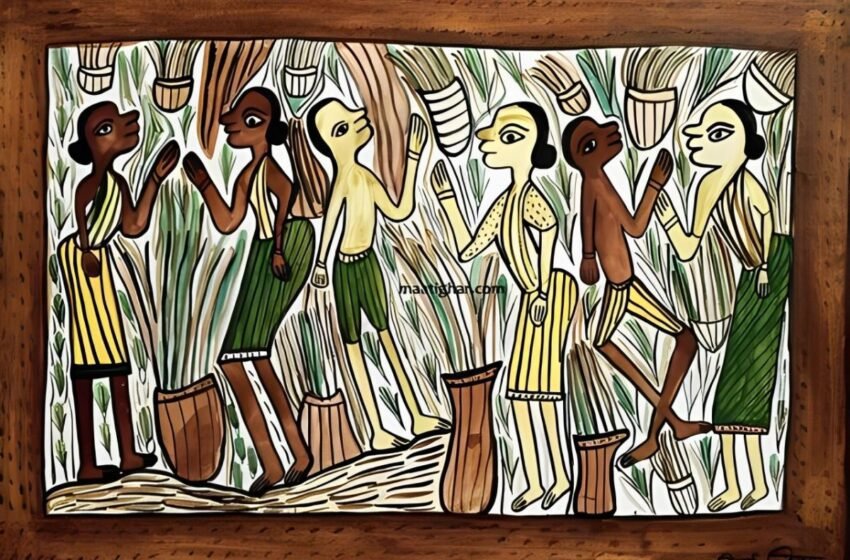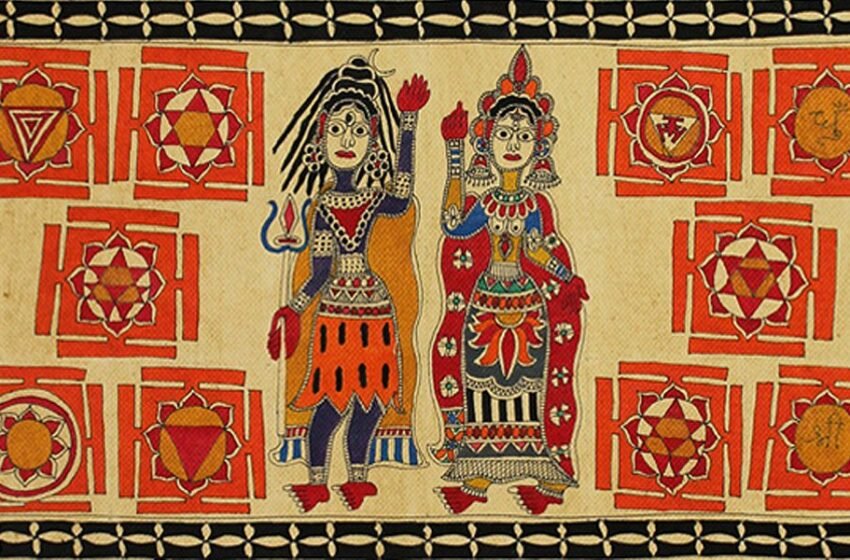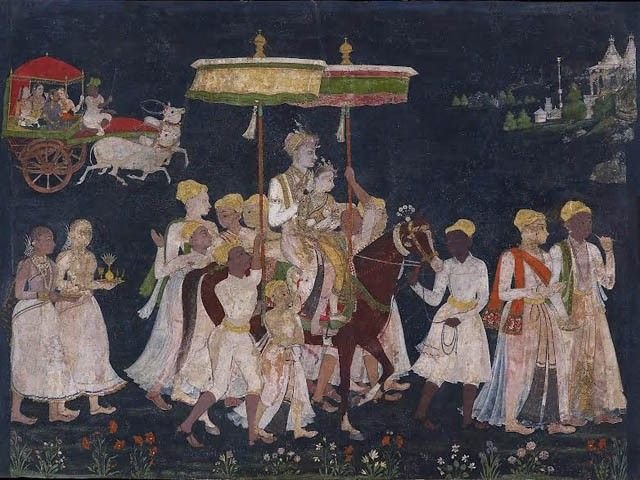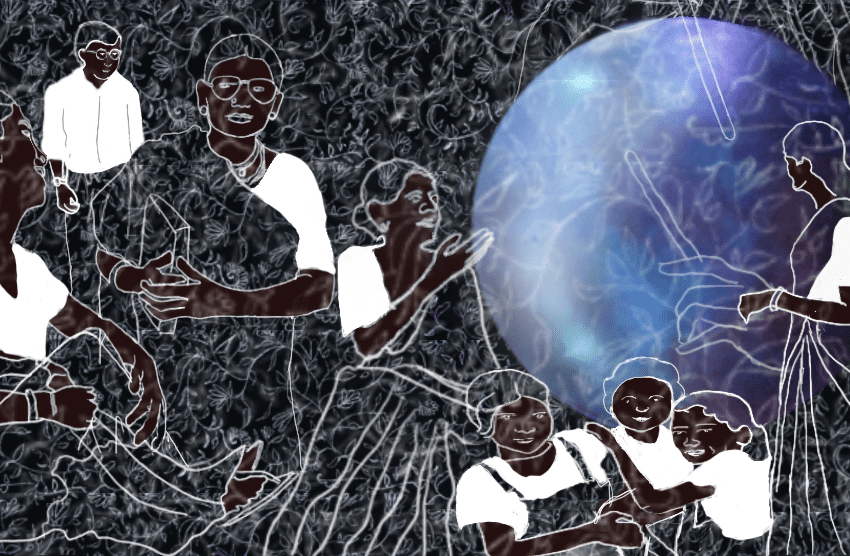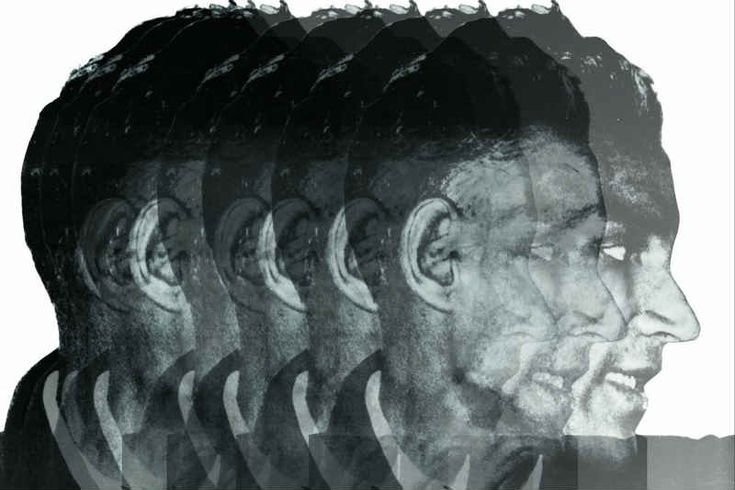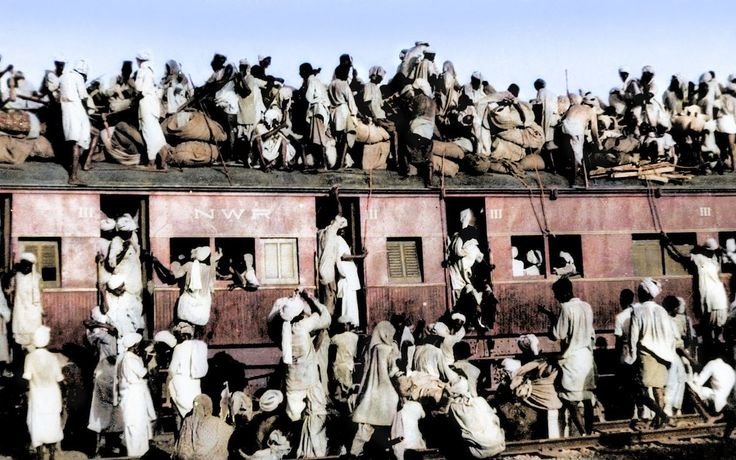Gond tribal painting is a vibrant and intricate form of indigenous art that originated in Madhya Pradesh, India. It is deeply rooted in the cultural and spiritual traditions of the Gond community, one of the largest tribal groups in India. Traditionally, these paintings were created for rituals, festivals, and religious practices, adorning walls, floors, and […]Read More
Tags : INDIA
Sikki art, a unique and intricate craft form originating from Bihar, is a testament to the region’s rich artistic heritage. Made from the golden-hued sikki grass, this art form has been practiced for centuries, traditionally depicting folklore, mythology, and scenes from nature. Once an integral part of everyday life and cultural expressions, sikki art has […]Read More
Panchmura, a small village in the Bankura district of West Bengal, is renowned for its exquisite terracotta art. While the village is widely recognized for its traditional Bankura horses, its unique terracotta paintings—once an integral part of temple murals and architectural decoration—are now a fading tradition. The distinctive style of Panchmura terracotta painting, characterized by […]Read More
India has a rich tradition of folk and tribal art, each form reflecting the unique cultural and spiritual values of the communities that practice it. Among these, Jadupatua painting stands out as a mystical and rare art form practiced by the Santhal and Jadupatua communities in Jharkhand. Characterized by its scroll format and deeply symbolic […]Read More
Mata ni Pachedi is a unique and ancient form of sacred cloth painting originating from Gujarat, India. Literally meaning “behind the Mother Goddess,” this traditional art form serves as a portable shrine for devotees who do not have access to temples. Created primarily by the Vaghari community, these hand-painted textiles are deeply intertwined with the […]Read More
The Indian state of Bihar, known for its rich spiritual and artistic traditions, has long been a center of esoteric knowledge, particularly in Tantra. The Tantric art of Bihar, deeply embedded in mystical practices, serves as a visual representation of spiritual concepts that transcend ordinary perception. These artworks, found in ancient wall murals, temple sculptures, […]Read More
The Tughlaq dynasty (1320–1414) was a ruling house of the Delhi Sultanate, established by Ghiyasuddin Tughlaq. It was marked by ambitious territorial expansion, economic and administrative experiments, and significant architectural achievements. However, the dynasty also suffered from internal rebellions, military failures, and economic crises, leading to its eventual downfall. The most notable rulers of the […]Read More
Dalit literature has emerged as a crucial space for articulating the historical injustices and contemporary struggles of Dalit communities in India. Rooted in the lived experiences of marginalization, this literature challenges dominant narratives and asserts a distinct voice of resistance. Among various literary forms, poetry has played a vital role in expressing the anger, pain, […]Read More
The Indian freedom struggle was not just a political movement; it was a deeply emotional and cultural revolution that found expression in literature, particularly in poetry. From the resistance against British colonial rule to the dreams of an independent nation, poetry became both a weapon and a refuge for revolutionaries, thinkers, and common people alike. […]Read More
The Partition of India in 1947 was perhaps the most traumatic event in the history of the subcontinent, leaving indelible scars on the collective psyche of its people. Literature—particularly poetry—was a potent tool to convey the sorrow, anguish, and disillusionment that ensued. Hindi poetry, more than any other form of poetry, has contributed immensely in […]Read More



